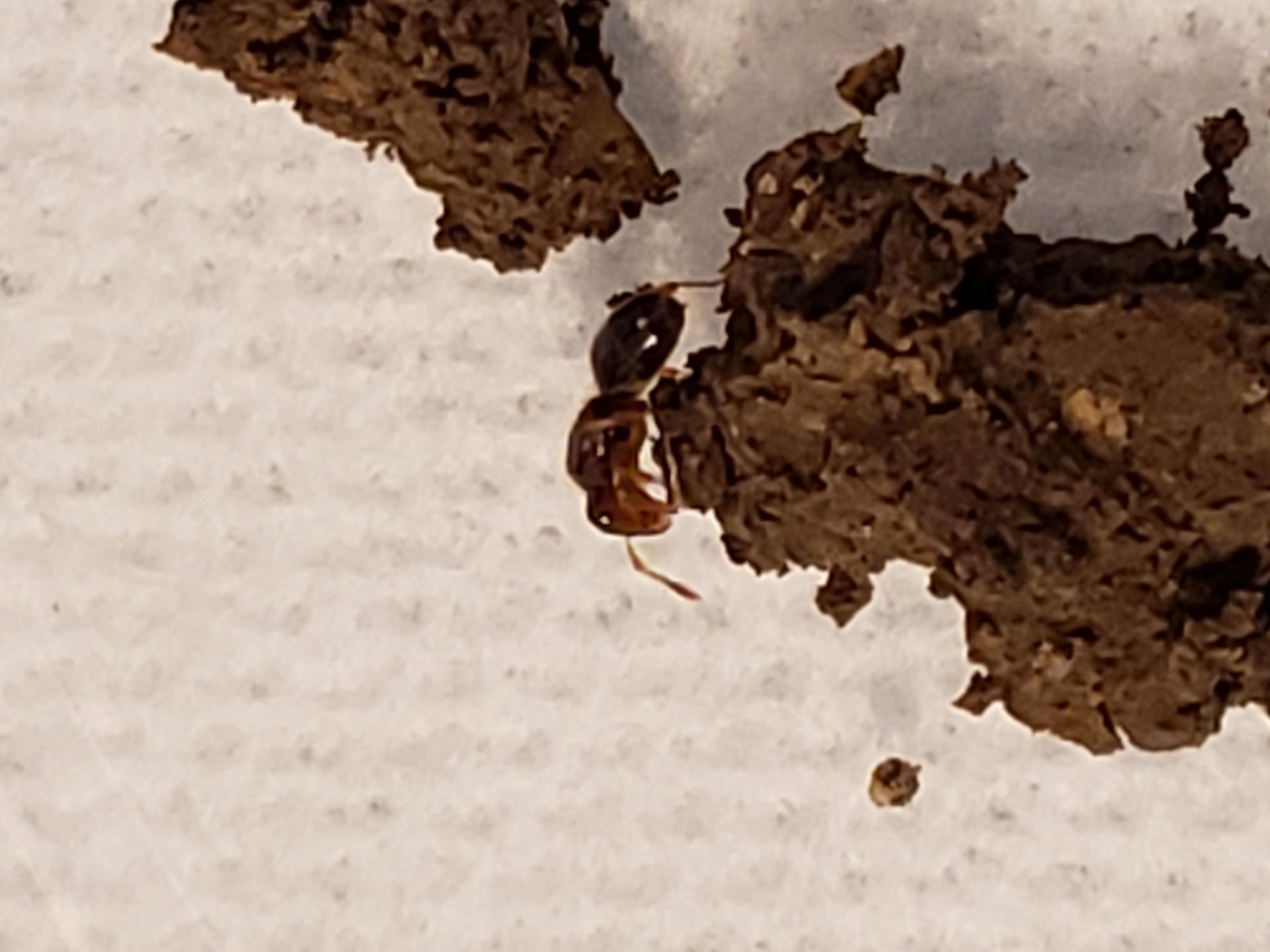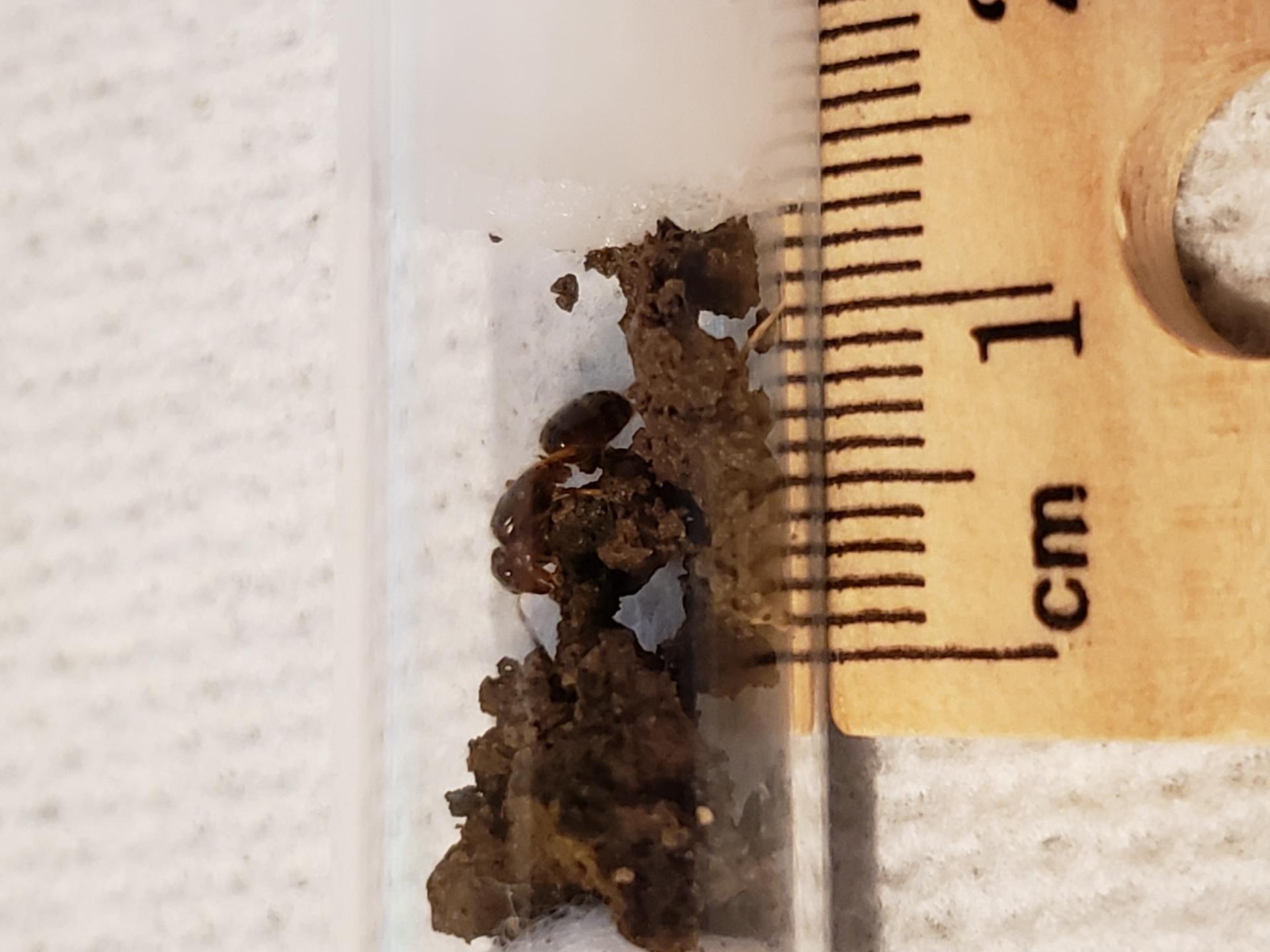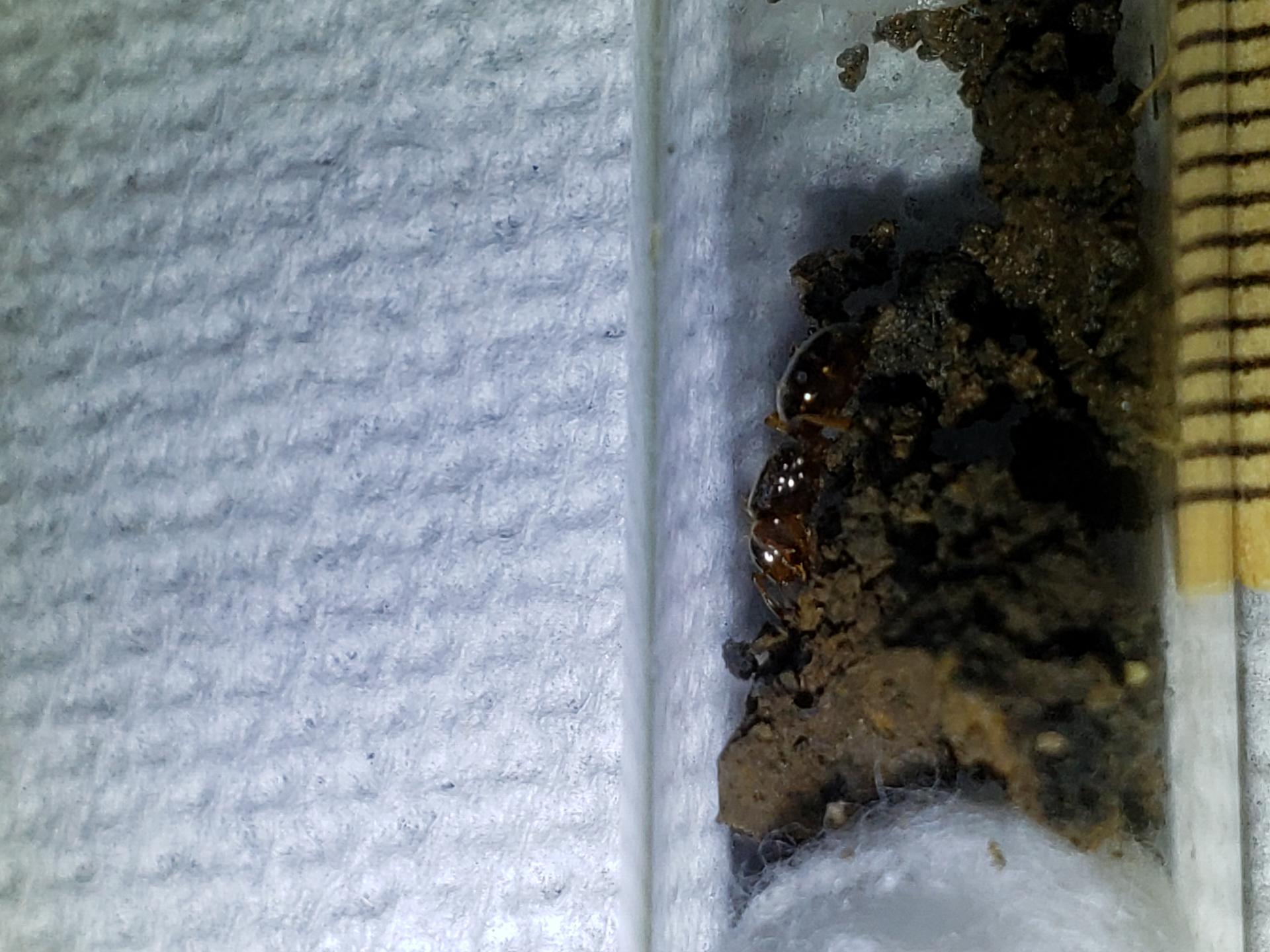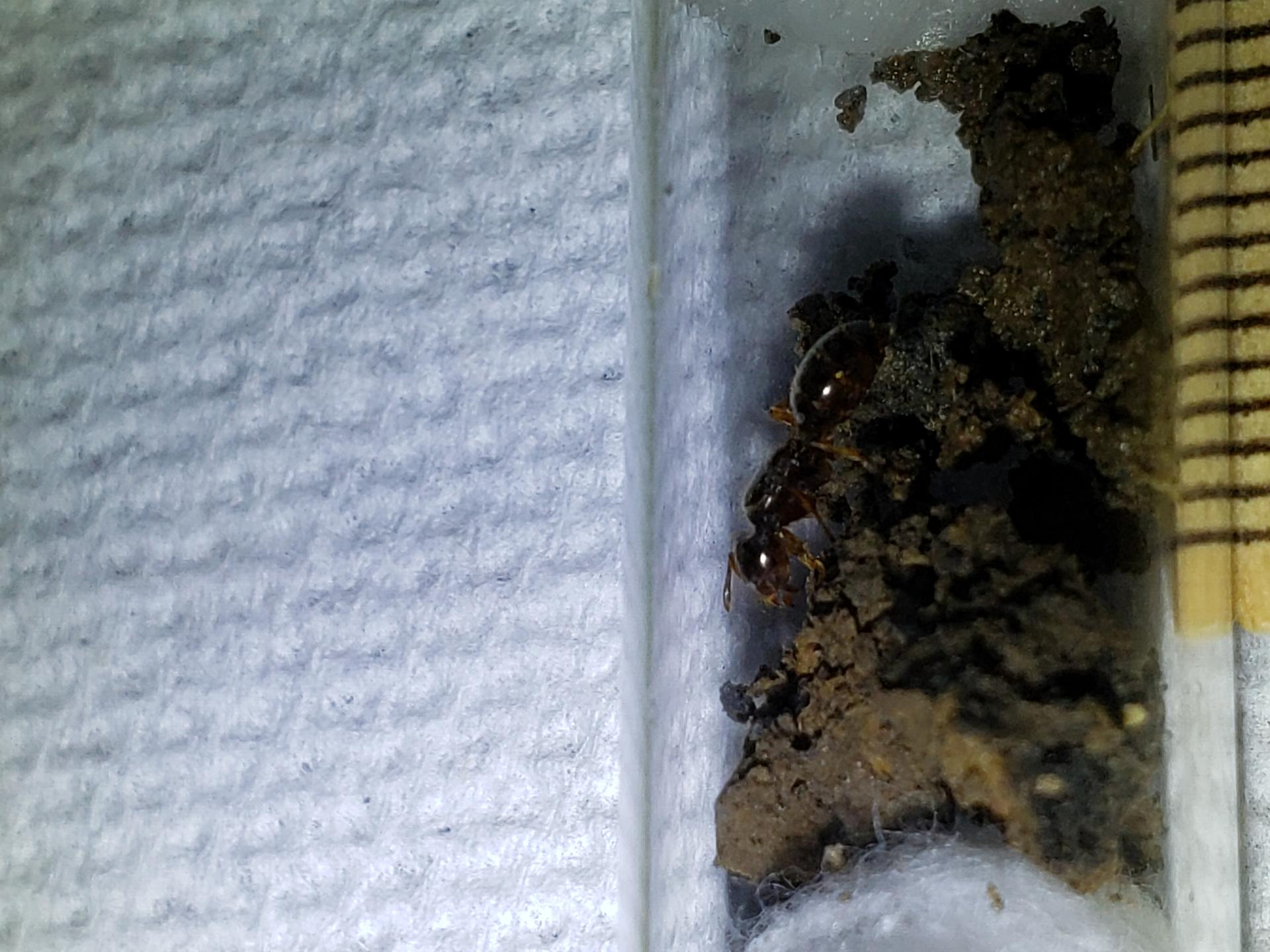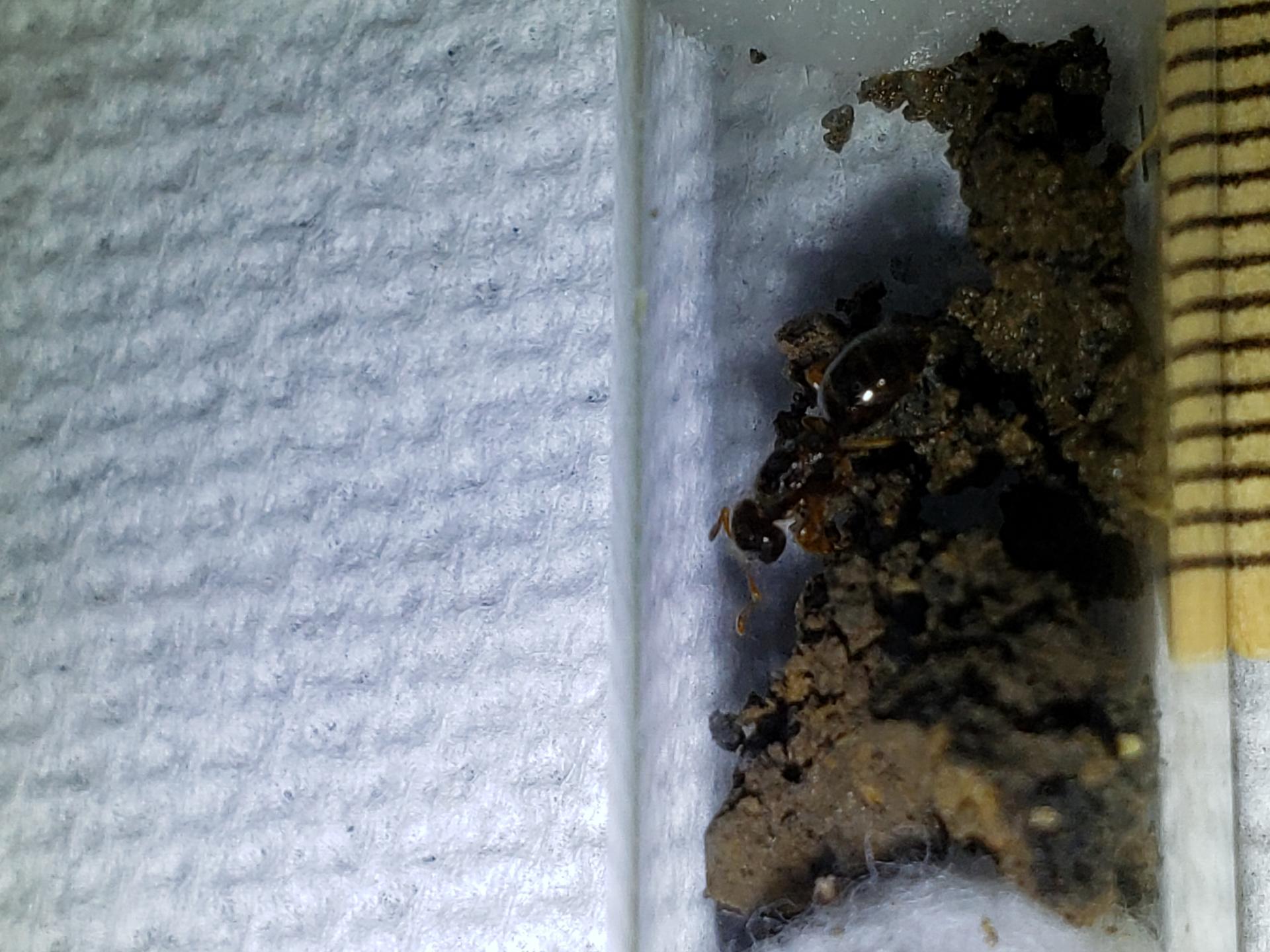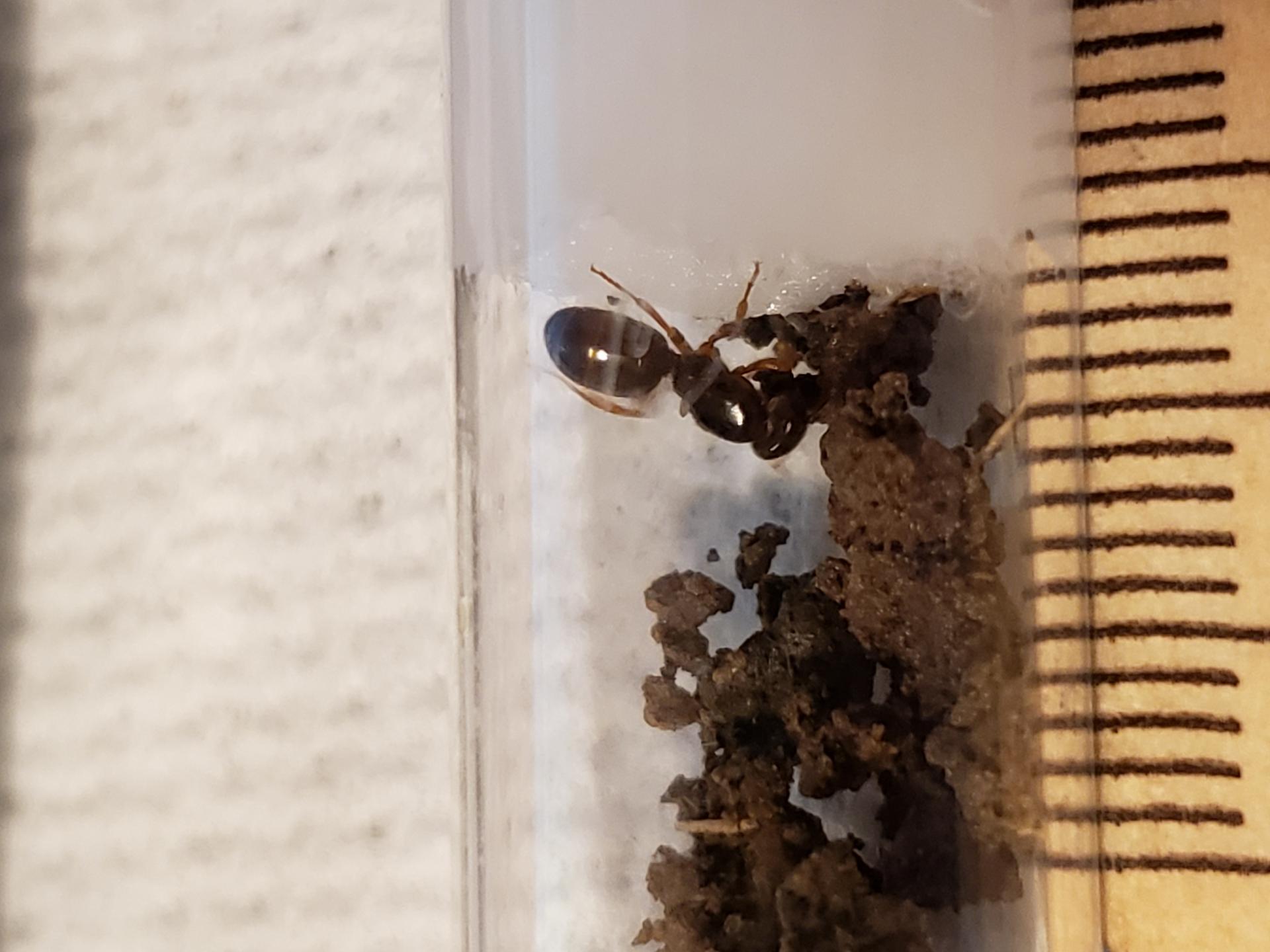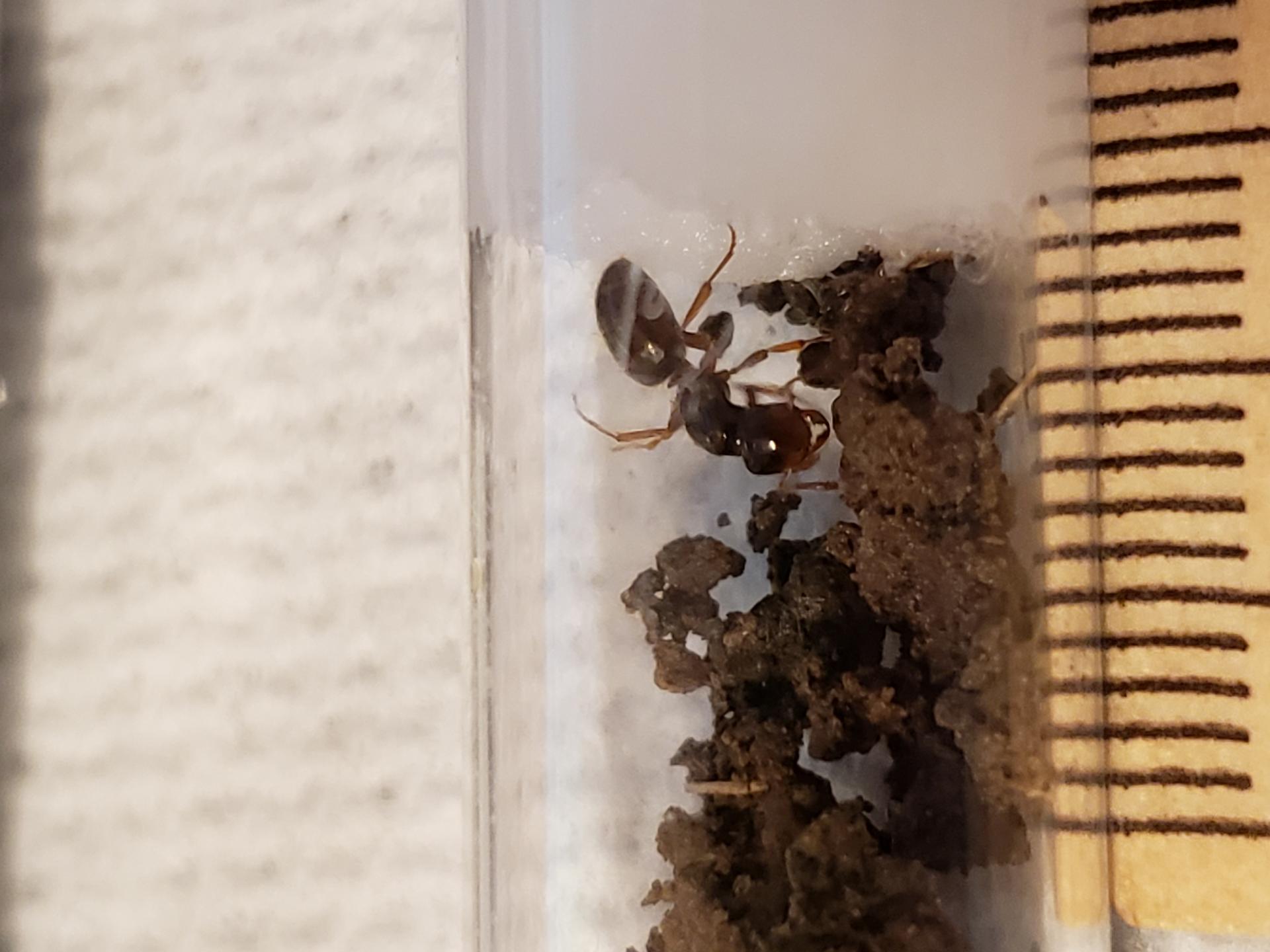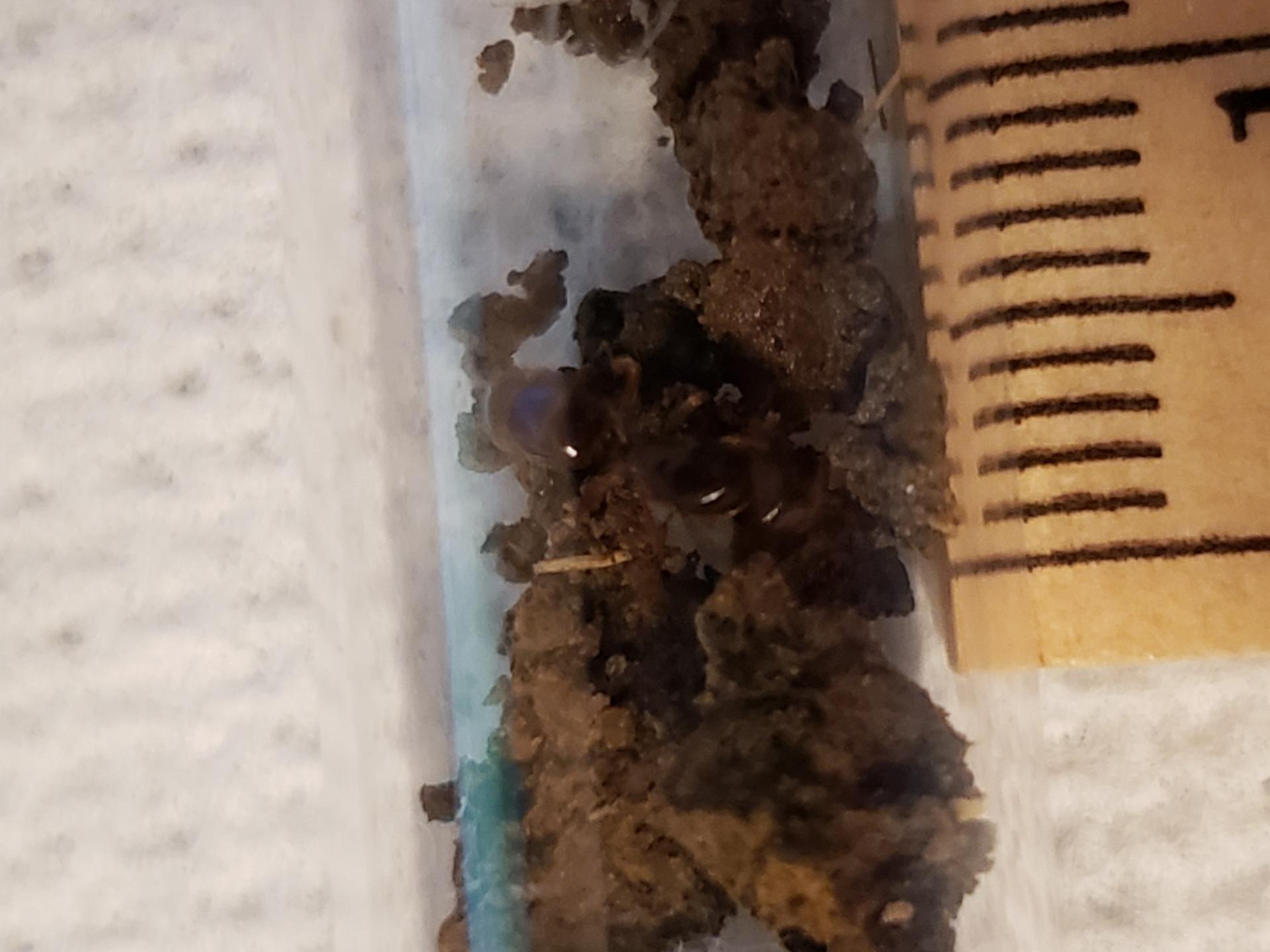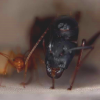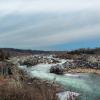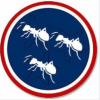Hello!
I found this ant in my backyard today.
Its much larger than the ants around it. Could this ant be a queen? If so, is it claustral or semi claustral?
1. Location of collection (ie: park/area, city/town, state/province, country). You can be more specific here than in the title, but please include the information in the title here as well.
Found under a stone step in my backyard. When I flipped the stone the ant was in a small chamber of dirt that was blocked off by the stone.
2. Date of collection (more important for ID's of queens).
10/7/24 around 6pm.
3. Habitat of collection (ie: desert scrub, oak forest, riparian, etc.).
Suburban area with lots of grass pavement as well as a many trees and plants.
4. Length (to the nearest millimeter or 1/16th of an inch.) Millimeters is preferred. Length is measured from the tip of the head to the tip of the gaster, excluding antennae, legs and stingers. Do not estimate, use a ruler! No matter how good you think you are at guessing the length of something, it's amazing how far off you can be sometimes.
Looks to be around 8 mm. I put a ruler next to the ant in the pictures for scale.
5. Coloration, hue, pattern and texture (ie: dark redish-orange head, velvet-like gaster, translucent, hairy/bald, shiny/dull, etc.). Be as specific as possible, and you can use the diagram below if you need it.
Body is mostly black as well as shiny. Legs are somewhat orangish.
6. Distinguishing characteristics (ie: one petiole node/two petiole nodes, length and orientation of any spines or bumps on the thorax or waist, head shape, eye size, shape of mandibles, number of antennal segments, etc.)
I can see one sharp looking petiole at least.
7. Anything else distinctive (ie: odor, behavior, characteristics relative to others in the colony, etc.).
None that I could tell.
8. Nest description (if you can find the nest, and you're sure it belongs to the ant you collected) (ie: rotted log, volcano-shaped mound of coarse gavel 10cm in diameter, etc.).
Underneath a flat circular stone.
9. Nuptial flight time and date (if you witnessed the ant or it's colony having a nuptial flight or caught an alate you are confident was flying that day or time)
Was already in the ground.
10 . Post the clearest pictures possible of the top, side, and face of the ant in question, and if possible, their nest and the habitat they were collected in.



